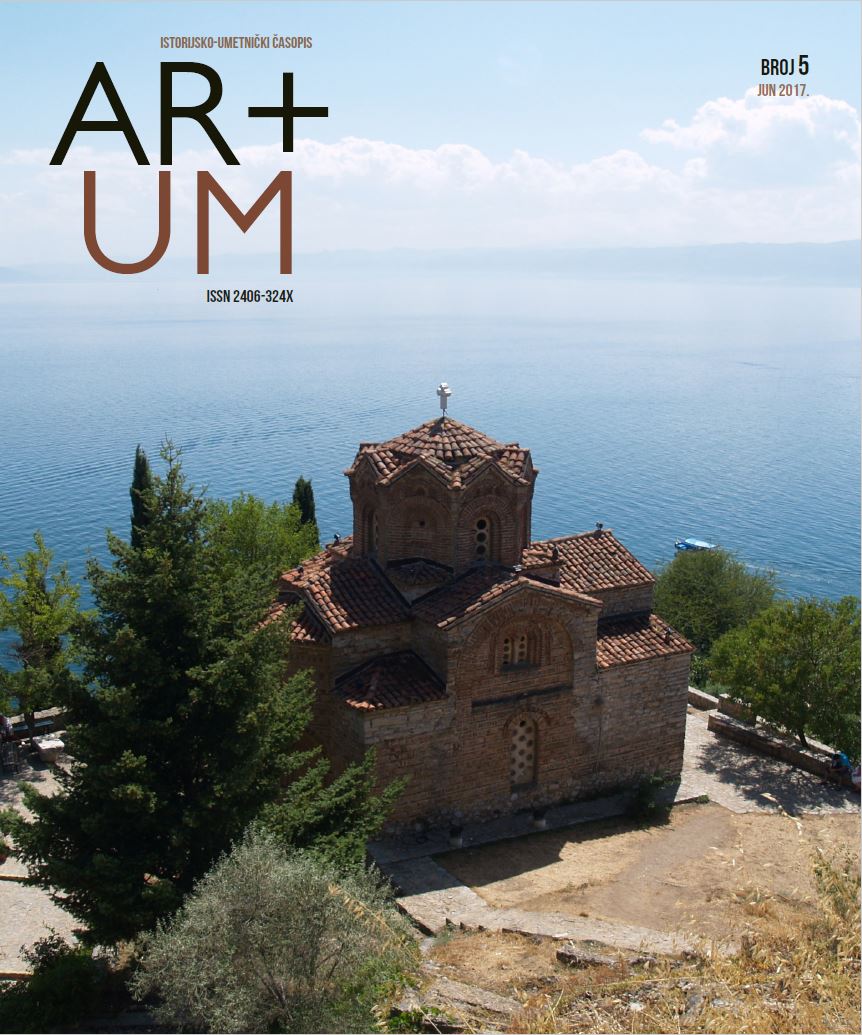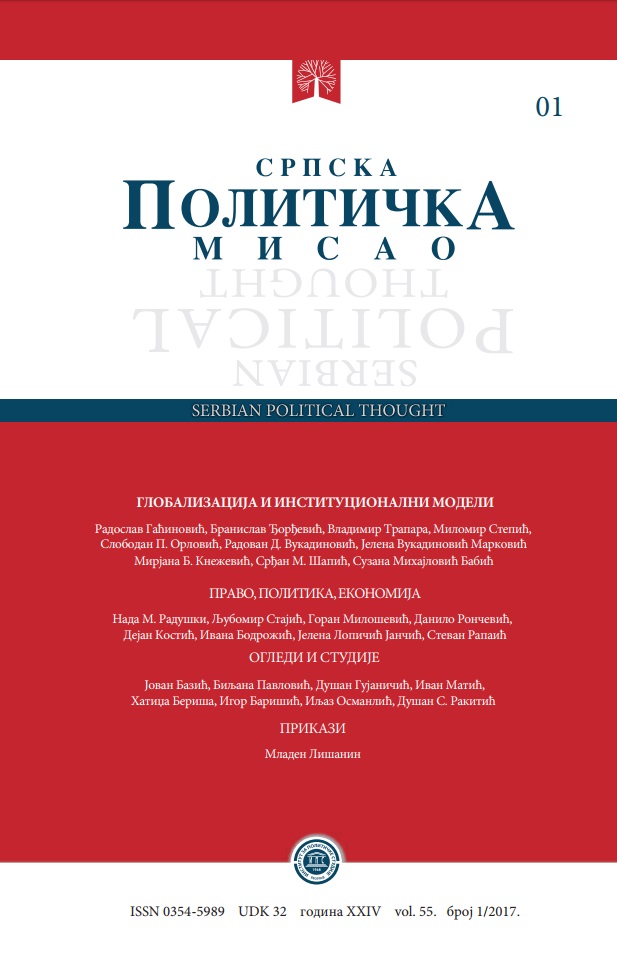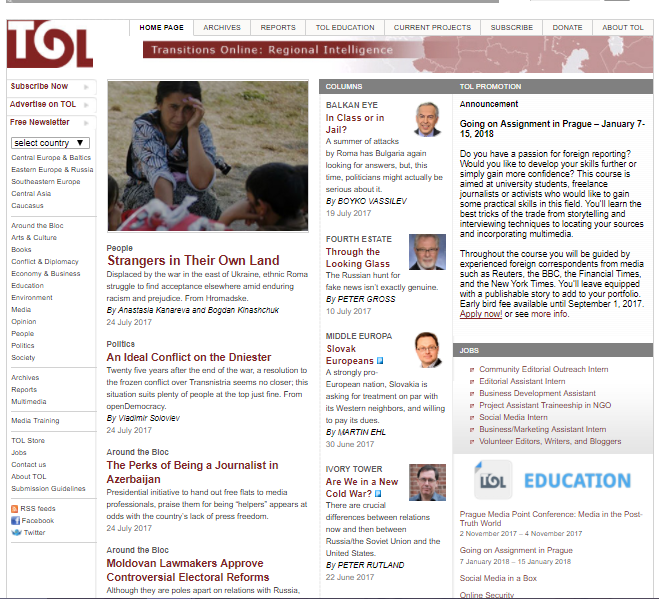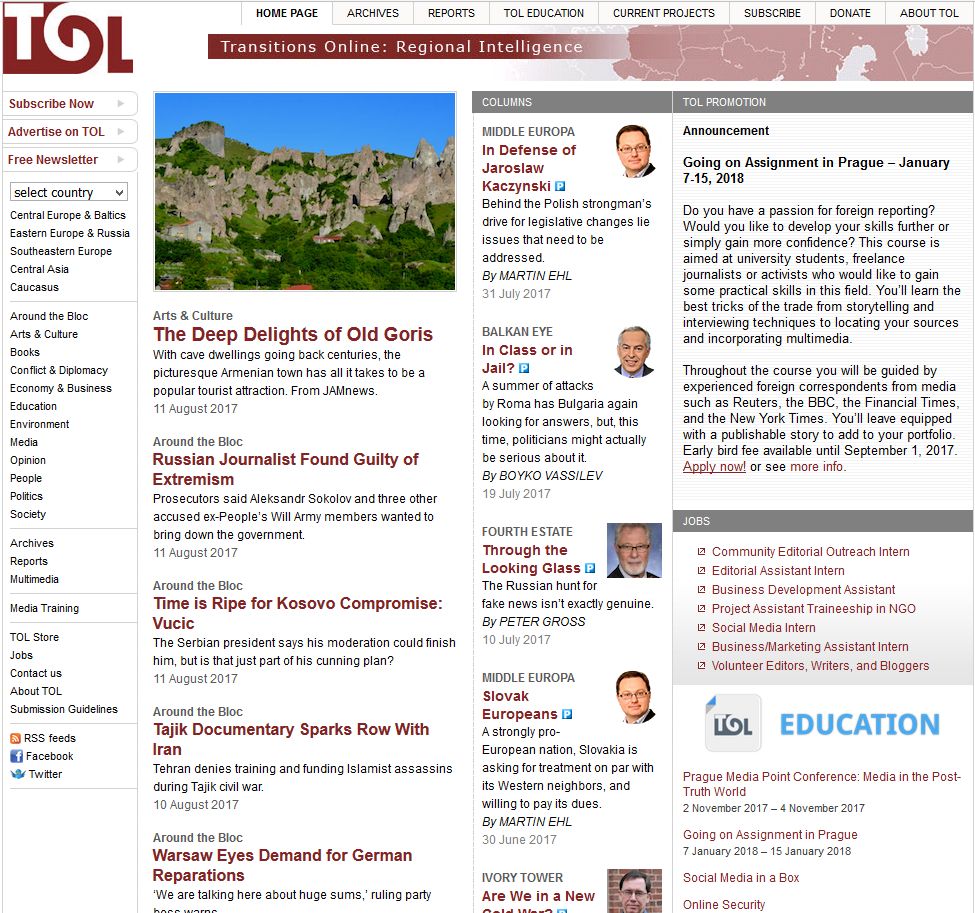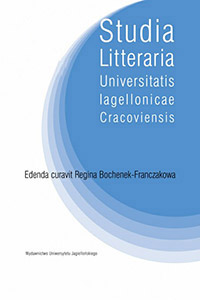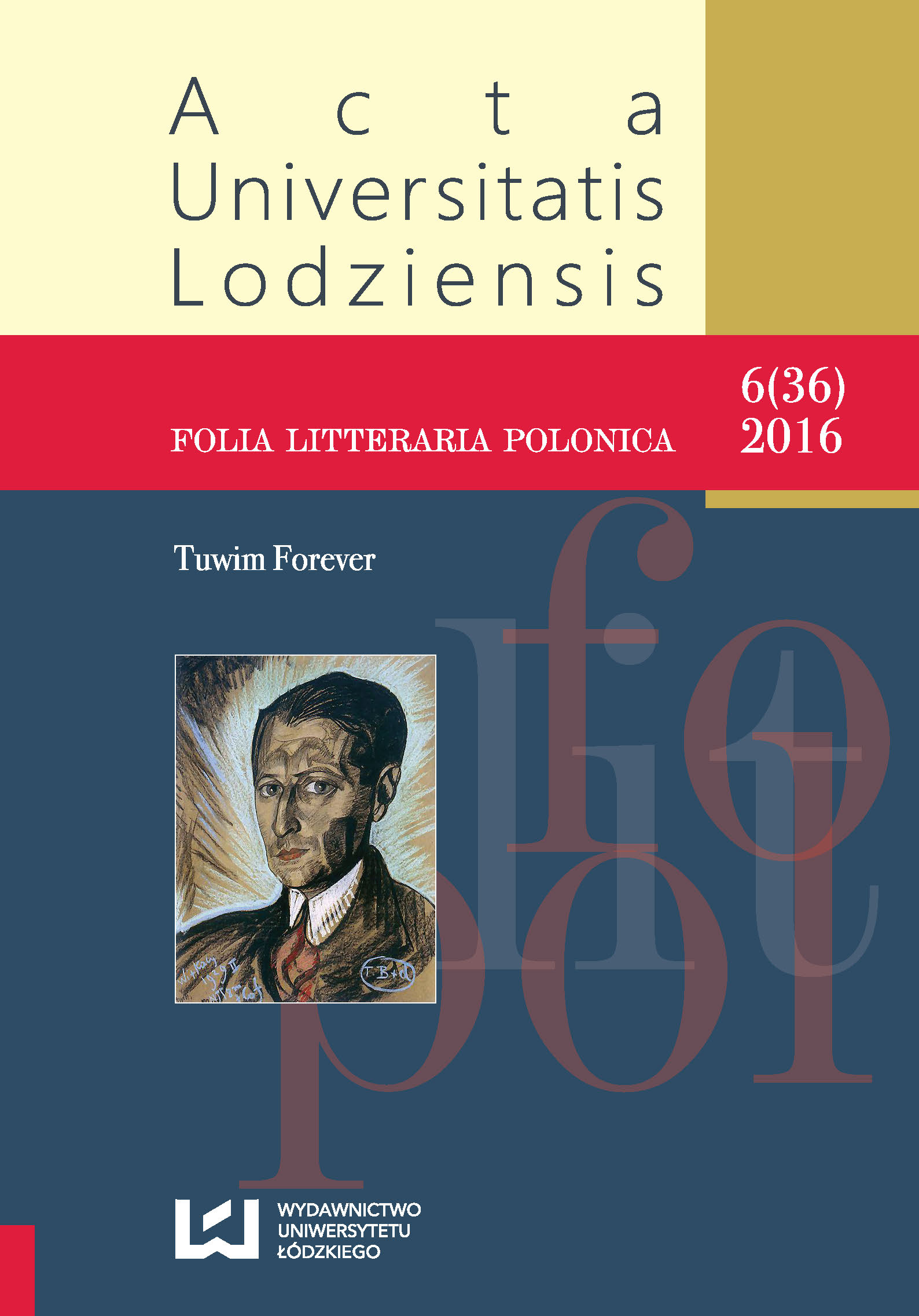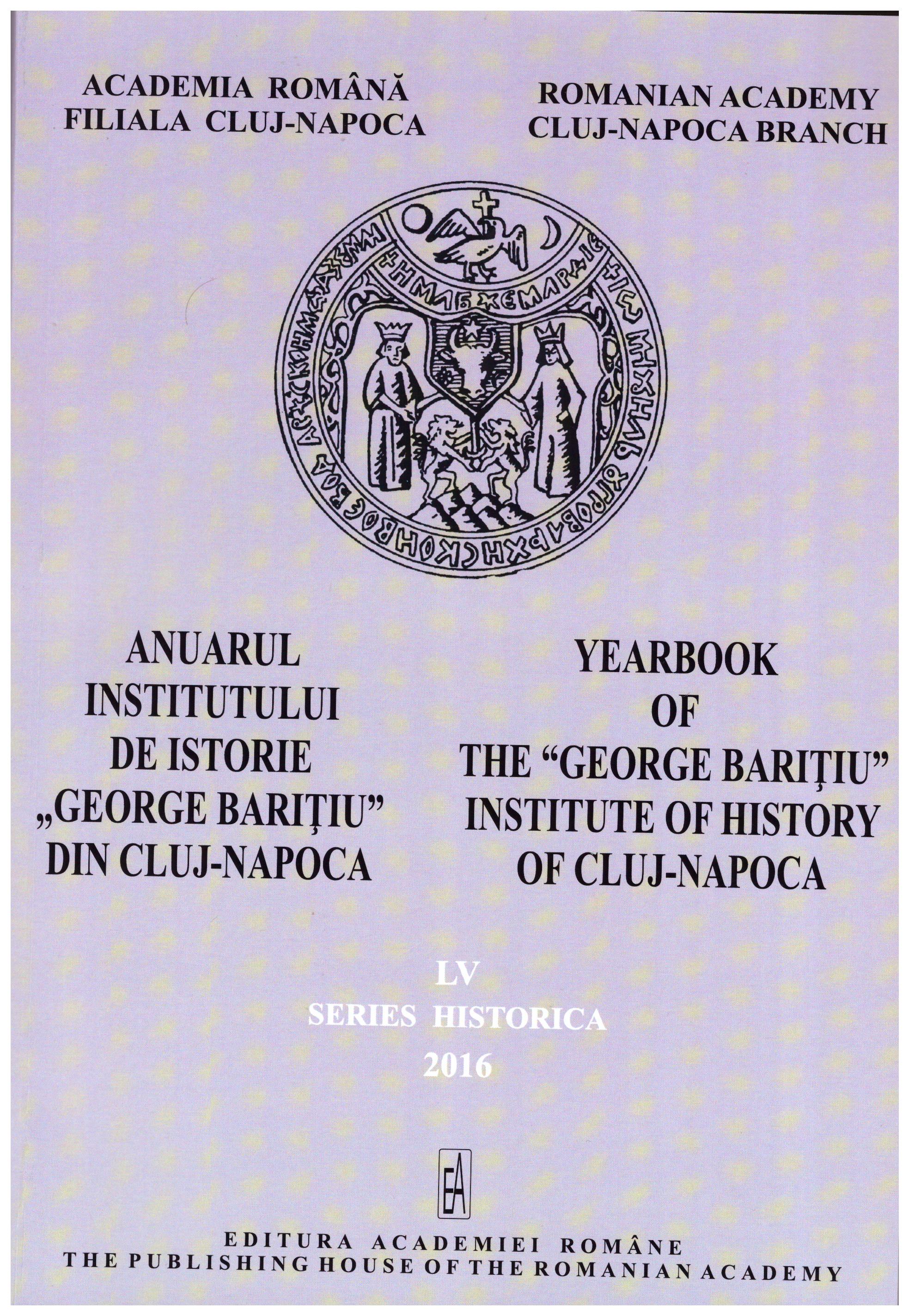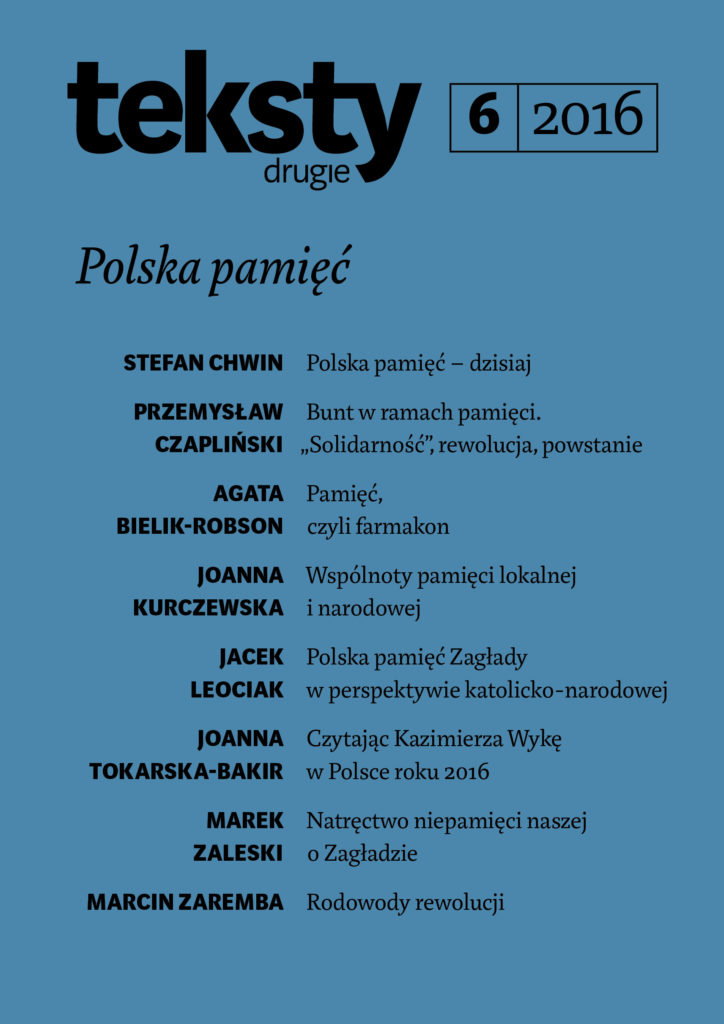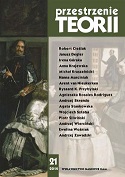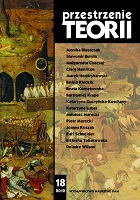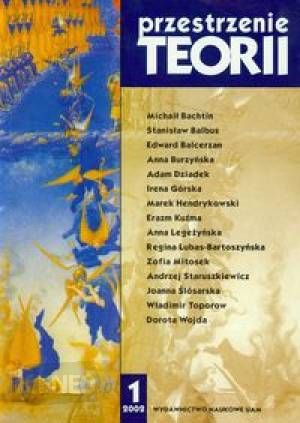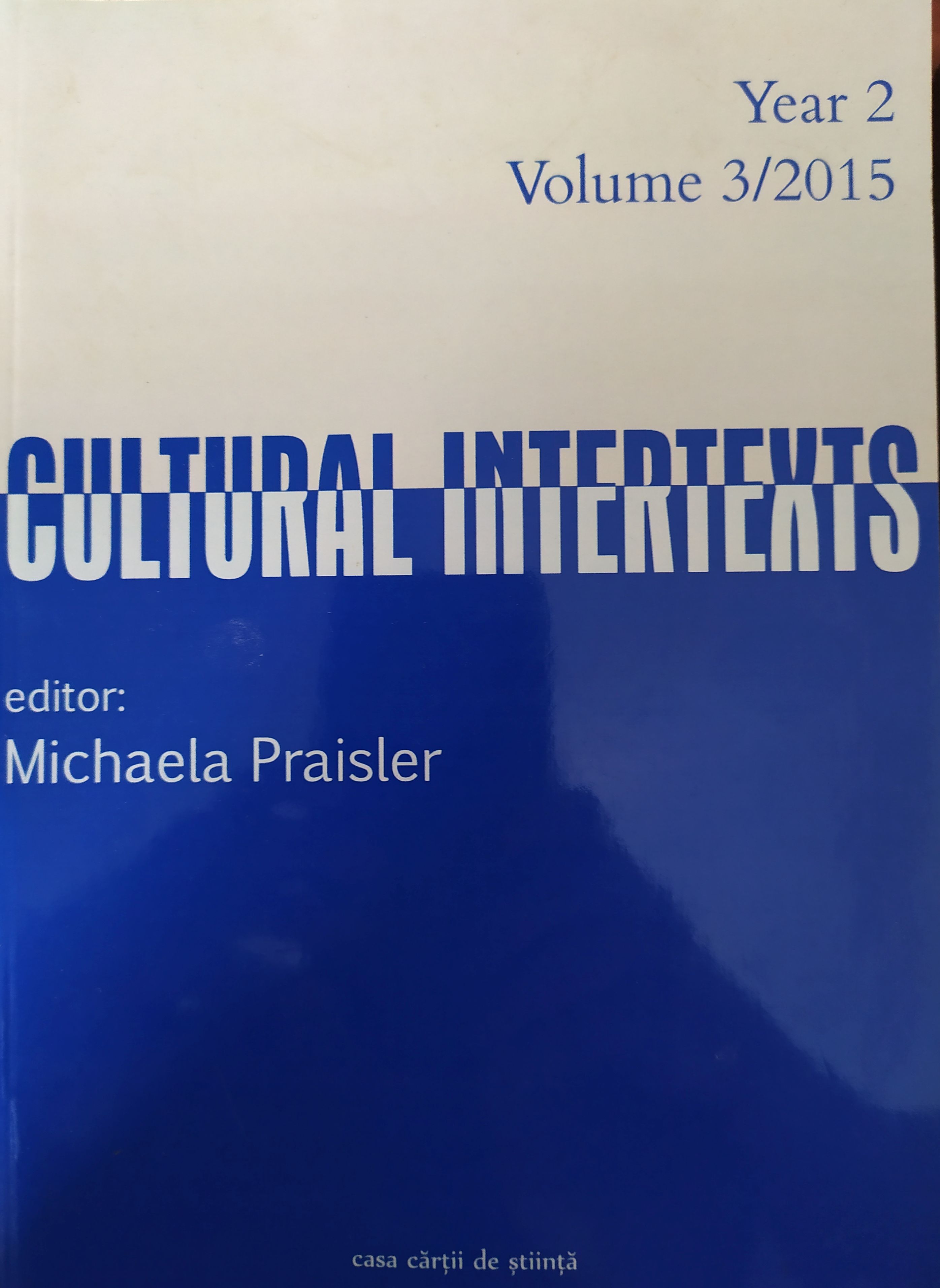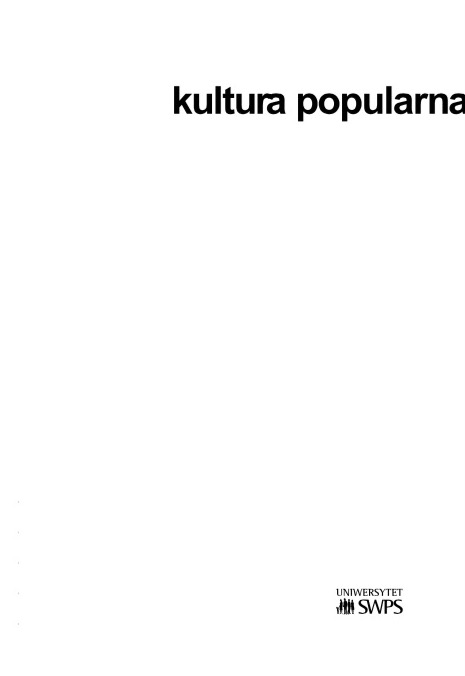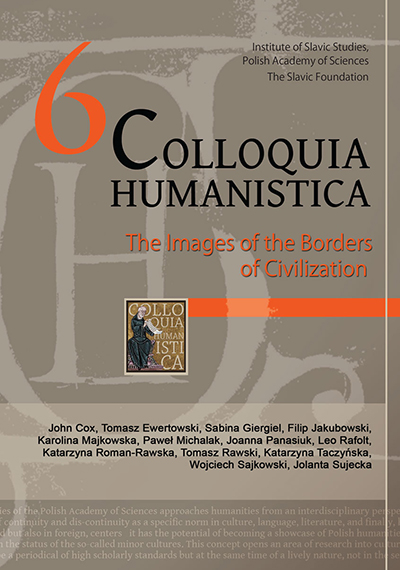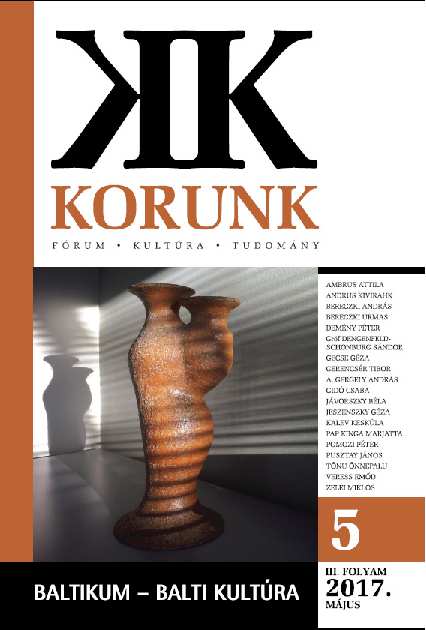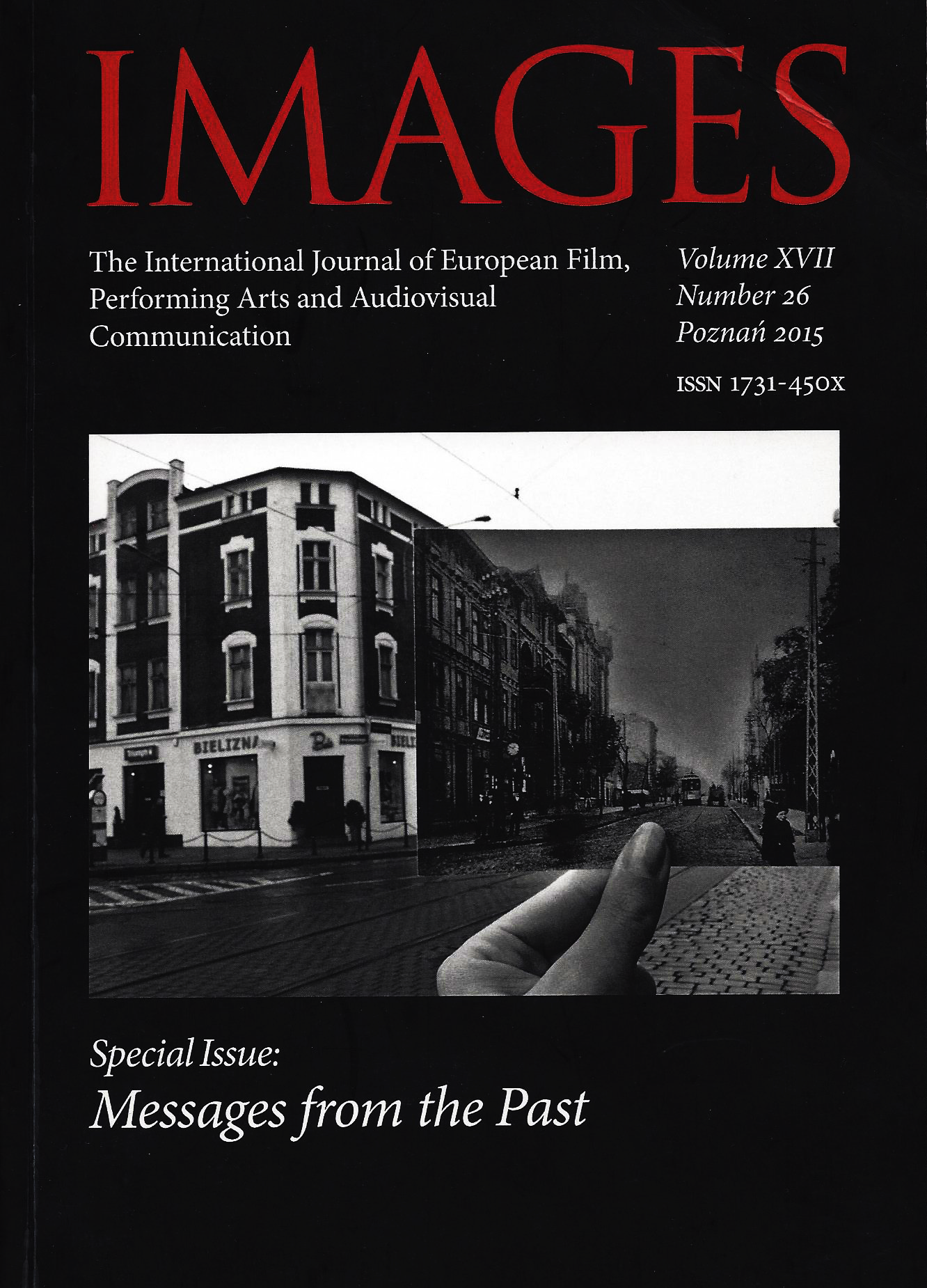
Metaphorizing the Holocaust: The Ethics of Comparison
This paper focuses on the ethics of metaphor and other forms of comparison that invoke National Socialism and the Holocaust. It seeks to answer the question: Are there criteria on the basis of which we can judge whether metaphors and associated tropes “use” the Holocaust appropriately? In analyzing the thrust and workings of such comparisons, the paper also seeks to identify and clarify the terminology and concepts that allow productive discussion. In line with its conception of metaphor that is also rhetorical praxis, the paper focuses on specific controversies involving the metaphorization of the Holocaust, primarily in Germany and Austria. The paper develops its argument through the following process. First, it examines the rhetorical/political contexts in which claims of the Holocaust’s comparability (or incomparability) have been raised. Second, it presents a review (and view) of the nature of metaphor, metonymy, and synecdoche. It applies this framework to (a) comparisons of Saddam Hussein with Hitler in Germany in 1991; (b) the controversies surrounding the 2004 poster exhibition “The Holocaust on Your Plate” in Germany and Austria, with particular emphasis on the arguments and decisions in cases before the courts in those countries; and (c) the invocation of “Auschwitz” as metonym and synecdoche. These examples provide the basis for a discussion of the ethics of comparison. In its third and final section the paper argues that metaphor is by nature duplicitous, but that ethical practice involving Holocaust comparisons is possible if one is self-aware and sensitive to the necessity of seeing the “other” as oneself. The ethical framework proposed by the paper provides the basis for evaluating the specific cases adduced.
More...
